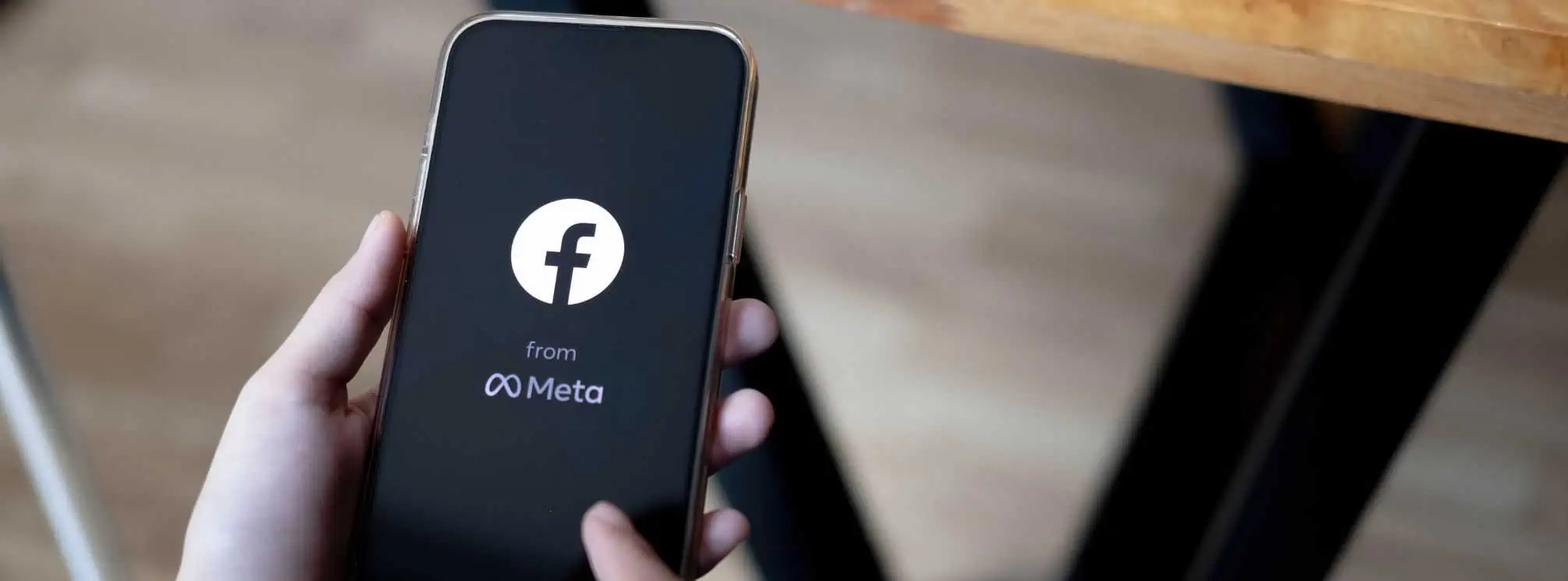
The historic Facebook outage that caused Workplace from Meta to be down on October 4th, 2021 really got us thinking. What if a critical message needed to be sent out to all teams via Workplace from Meta? What about the frontline teams that don’t have any internal communication solutions and, therefore, rely on WhatsApp to reach their teams? How would this kind of outage impact their shifts? What did that one day of down comms cost the business? What stood out to us wasn’t just that channel reliability is important—because of course, it is—but why are so many teams relying on these tools in the first place?
In this blog, we’re going to break down why we think using WhatsApp or Workplace isn’t just a reliability issue but a strategic misstep.

We saw tweets the day of this outage from NHS managers who had no way to reach their teams. That’s a terrifying thought, isn’t it? People working in healthcare without a way to communicate.
But, why are those line managers using WhatsApp in the first place? It’s possible that some companies selected that tool intentionally for the frontline, but the reality is, it’s probably Shadow IT. This is when individuals go rogue in the organization and seek out the tools they need when they aren’t provided. This is often a big cybersecurity risk since it’s not approved or monitored by IT.
But, of course, there are also strategic issues with allowing teams to rely on these tools:
There are many other reasons why reliance on WhatsApp can be problematic for your business. But these are some of the main reasons you might want a better internal communication solution.

Workplace from Meta may have a lot of functionality, but is it the right functionality for deskless teams?
Sometimes too many bells and whistles make it harder for workers who need to find things fast, like a nurse who barely has time to check their phone during a shift or a dock worker who only has time on their break to see the latest updates.
A big draw of Workplace for some people is the chat functionality. But the reality is that this can come with some risk and the use-case for chat during a shift is actually pretty negligible in healthcare, logistics, and manufacturing. Since these teams are all working together on shift, they don’t have the same need as a hybrid, remote, or office-based worker to use chat for collaboration. If anything, it can actually be a dangerous distraction.
They also have:
And then there are a variety of newsfeeds and groups and chat rooms—but what frontline worker really has the time for that?
Workplace really seems to be a tool designed for a deskbound or remote worker. And that’s totally fine. People were all excited for “internal social media” when deskless workers really need easy, direct access to messages and resources. Engagement is great, but not if you can’t activate your employees and help them do their jobs safely first.
[optin-monster slug=”tbhywc2m4u0deshozvyt” followrules=”true”]
We’re not saying there isn’t a time and a place for solutions like Workplace and WhatsApp. There totally is. But choosing the right channels for your audiences is of paramount importance.
Really think about the features and functionality that your teams need. Think about what it’s like to be working third shift or on a long twelve-hour stint at the hospital—what does that employee need? Our guess is that a lot of tools, not just WhatsApp and Workplace, might not check all the boxes as well as you think.
[optin-monster slug=”gqorn0natkqgyrtjvr6i” followrules=”true”]